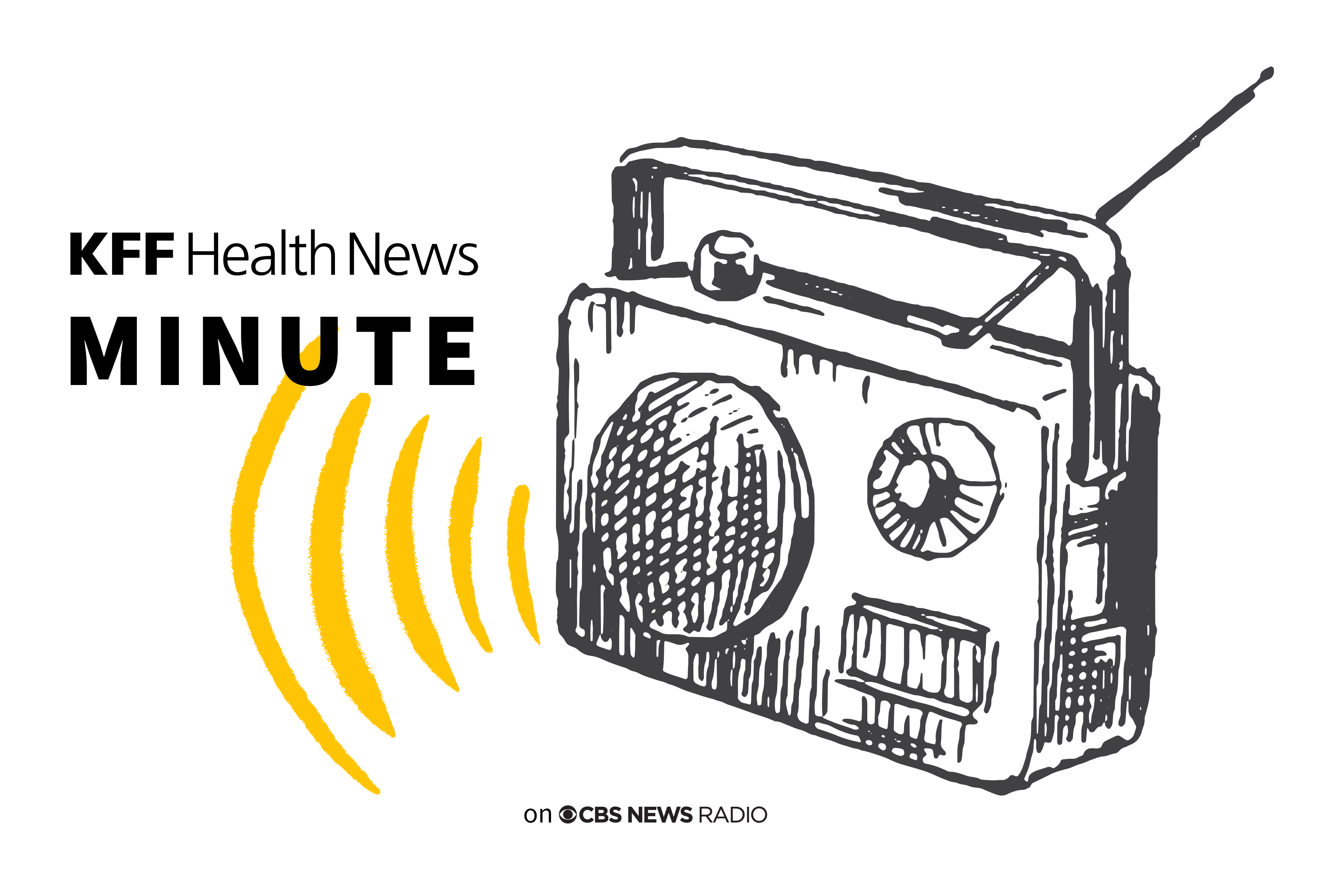A new study to be presented at the SLEEP 2024 annual meeting found that drowsy driving by teenagers is a common threat to public safety on U.S. roadways.
Results of the National Sleep Foundation study show that approximately one in six adolescent drivers reported having driven drowsy. Based on these responses, the authors project that 1.7 million teenage drivers have driven drowsy, and more than 400,000 teens drive drowsy at least once per week. The majority of teens pointed to work or school schedules as factors preventing them from getting the sleep they need to drive alert, and teen drivers with jobs were more than twice as likely to have driven drowsy than teens without jobs.
“This is a troubling rate, especially given that teens are new drivers with relatively low opportunity to have engaged in drowsy driving when compared to the lifetime of driving opportunities in adults,” said principal investigator Joseph Dzierzewski, who has a doctorate in clinical psychology and is the vice president of research and scientific affairs at the National Sleep Foundation in Washington, D.C.
Additional findings reveal that when asked about the risks associated with drowsy driving, 95% of teens said drowsy driving is extremely or very risky. However, when asked about the likelihood of drunk, drugged, distracted and drowsy driving leading to death or serious injury, drowsy driving was seen as having the lowest risk of death or serious harm.
Formally, the National Sleep Foundation developed and has produced Drowsy Driving Prevention Week® since 2007 and recently published a new drowsy driving position statement. The American Academy of Sleep Medicine identifies drowsy driving as a pervasive threat to public health and recommends that states mandate instruction in drowsy driving education as a requirement for driver’s education programs, provide comprehensive information about drowsy driving in state curricula and driver’s manuals, and include questions related to drowsy driving on driver’s license exams. Additionally, the AASM encourages every driver to take responsibility for staying “Awake at the Wheel” by making it a daily priority to get sufficient sleep, refusing to drive when sleep-deprived, recognizing the signs of drowsiness, and pulling off the road to a safe location when sleepy.
The study involved a nationally-representative, probability-based survey of 1,124 U.S. participants aged 13 to 17 years to assess drowsy driving prevalence, frequency and beliefs. Survey respondents reported whether they have ever driven while so tired they had a hard time keeping their eyes open, how often they did so, what kept them from getting the sleep needed to drive alert, and the perceived risks associated with drowsy driving.
With motor vehicle crashes being a leading cause of death among U.S. teenagers, this research sheds light on the increased attention needed for this preventable public health concern.
“Drowsy driving represents an immediate, and potentially tragic, consequence of poor sleep health, residing at the literal intersection of sleep health and public safety,” Dzierzewski said.
The research abstract was published recently in an online supplement of the journal Sleep and will be presented Wednesday, June 5, during SLEEP 2024 in Houston.

